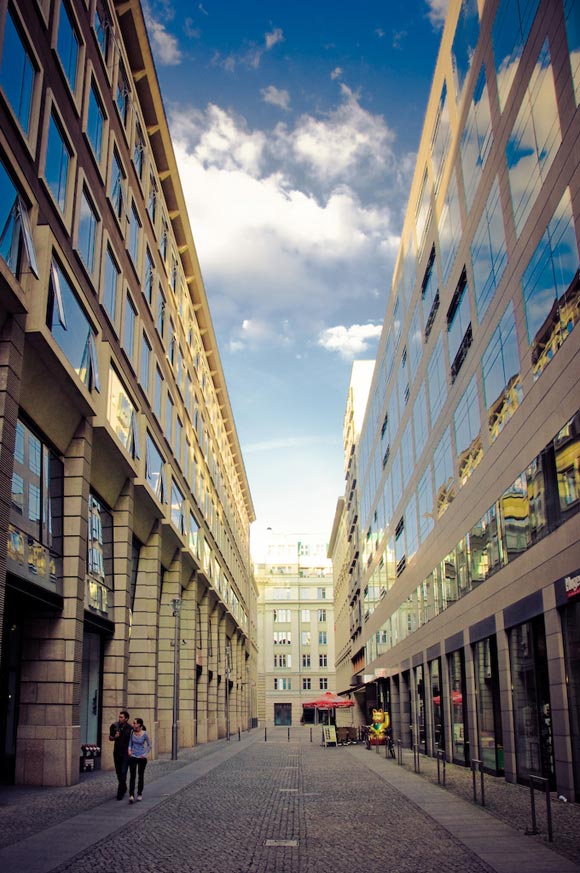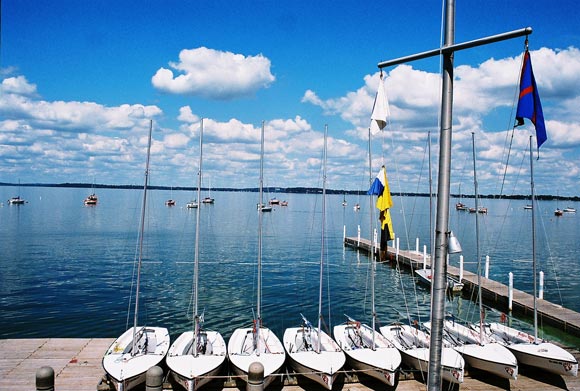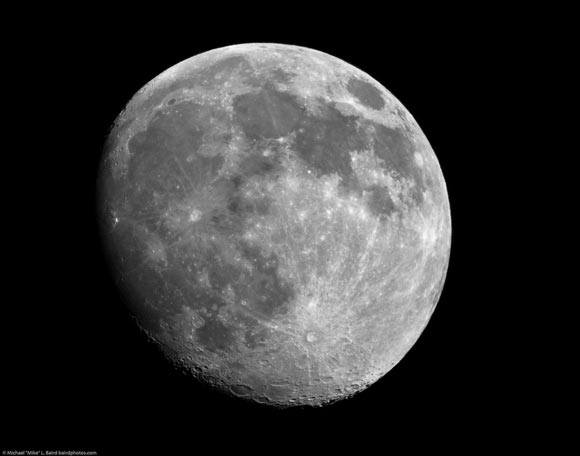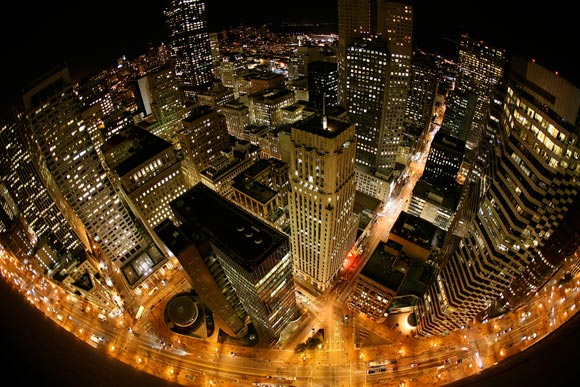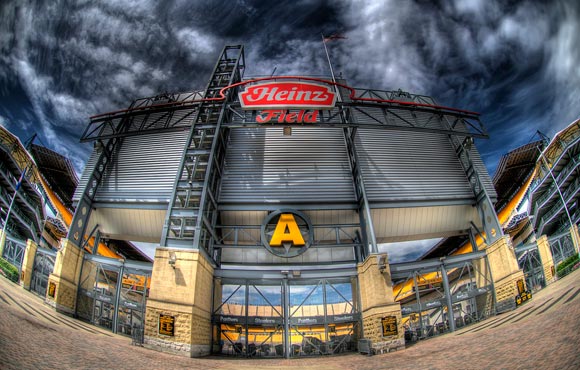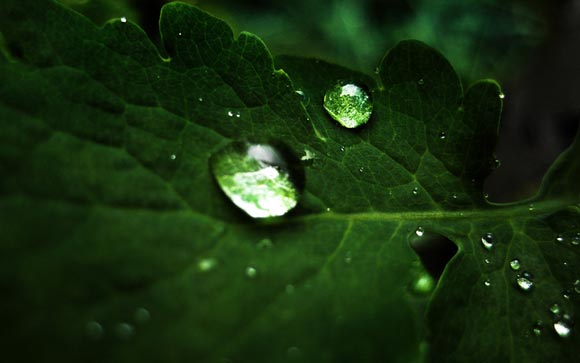The Full Guide To Camera’s Lenses
Purchasing a Single Lens Reflex (SLR) camera gives the photographer the advantage of choosing among different lenses and the ability to change those lenses. It’s important to remember that a high quality camera lens is the key to taking good photos. Today we will talk about the different kinds of camera lenses , some tips to consider when buying camera lens and how to take care of the camera lens and clean it , let’s start.
Types of lenses:
How to choose the suitable lens for the suitable project , that is a good question , let us answer That question .
The two fundamental parameters of an optical lens are the focal length and the maximum aperture. The lens’ focal length determines the magnification of the image projected onto the image plane and it is usually specified in millimeters (mm); the aperture is the light intensity of that image.
Various lenses are suited to specific applications. Let’s have a look at some of the common names and what they do.
There are 3 main types of lenses .The 50mm lens is deemed to be the standard lens for a 35mm camera. Any camera lens with a shorter focal length than this is considered to be a wide angle lens and any lens with a longer focal length is considered a telephoto lens.let us show some details.
Standard – A standard lens shows most accurately what a normal human eye will see. The 50mm is the most popular and versatile lens. The quality is excellent while also being inexpensive. It is smaller and lighter, and the aperture allows photographs to be taken in low-light situations.

Here are some photos taken with the standard lens
Wide angle – A wide angle lens captures a wider expanse of the background as it has a lower focal length than the standard lenses which helps in getting more area of view in the frame from the same distance. The most common focal lengths for a wide angled lens are 24mm and 28mm. A wide-angle lens can focus on the foreground and background simultaneously, that is why it is popular for landscape photography .
Here are some photos taken with the Wide angle lens
Telephoto – The telephoto lens is the opposite of the wide angled lens. Therefore it is great for making far away objects appear closer; 70mm and 300mm are typical for a telephoto lens. Since a telephoto lens will make the subject appear up close, it is popular for sports photography or wildlife photography.
Here are some photos taken with the Telephoto lens
Other types of camera lenses
Fisheye Lens – Their angle of view is a full 180%, it distorts the subject image by making the top, bottom and sides of the photo appear to be further away. It makes the photo look funny when photographing a human face.
Here are some photos that were taken by the fisheye lens
Macro Lens – It is used to take extreme close ups of objects. Its short focal length allows the photographer to take pictures at close distances without distortions and it has similar properties to a standard lens, the best use for it is to enlarge the details of a small object.
Is the UV (ultraviolet) filter useful for my camera lens?
The UV filter is a lens attachment, it designed for SLR cameras to reduce ultraviolet rays entering the lens, ultraviolet rays can cause the photo to look hazy, low in contrast and unclear when photographing in the sunlight, but by using the UV glass filter, you can get a photo with better contrast and no hazing. It protects your lens if it accidentally hits something or drops; the lens won’t break, we will talk about it in detail in another post.
Zoom or Prime lens?
Zoom Lens
A zoom lens allows the photographer to widen or shorten the lens’ focal length to increase or decrease the magnification of the subject. This advantage is often critical for dynamic subject matter, such as in photojournalism and children’s photography. It also makes the zoom lens a popular camera accessory in many types of photography.
The primary
Prime lenses existed long before zoom lenses were available, they don’t have the same advantage of the zoom lens which is to zoom in or out 🙂 but it has other good advantages. It is cheaper in comparison to a zoom lens, it is small and light to carry around and also it has a fast maximum aperture which means that it can handle low light situations better than a zoom lens.
Some tips to choose the camera lens
1 – First consider your needs. What will you be photographing?
2 – Consider the trade-off between the optics quality, the camera’s weight, lens speed, focal distance and price. Often it will be a balance of these considerations that leads you to a good camera.
How to take care of the camera lens and clean it
Cleaning dust off the sensor of the lens is very important for getting the highest quality photo that your camera can produce.
1 – Keep your lens dry.
2 – Make sure that your lens cap is on when the lens is not in use.
3 – When moving from place to place with your lenses, you have to carry them in a suitable case which is specially designed to protect the lenses.
4 – Attach a clear filter to the lens. It is not expensive to replace a scratched or damaged filter instead of the lens.
5 – Be careful when cleaning, deal with the sensor delicately.
Cleaning the lens
This video lets you know exactly how to clean your leans carefully, just follow the simple steps.



